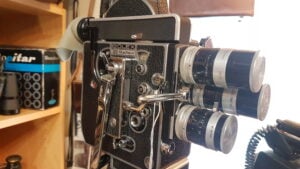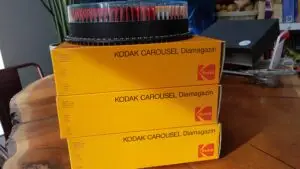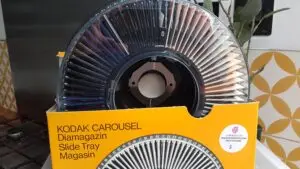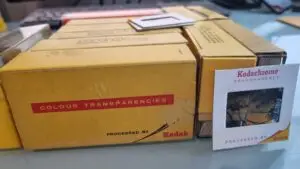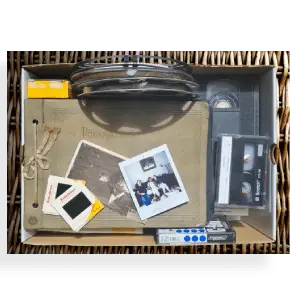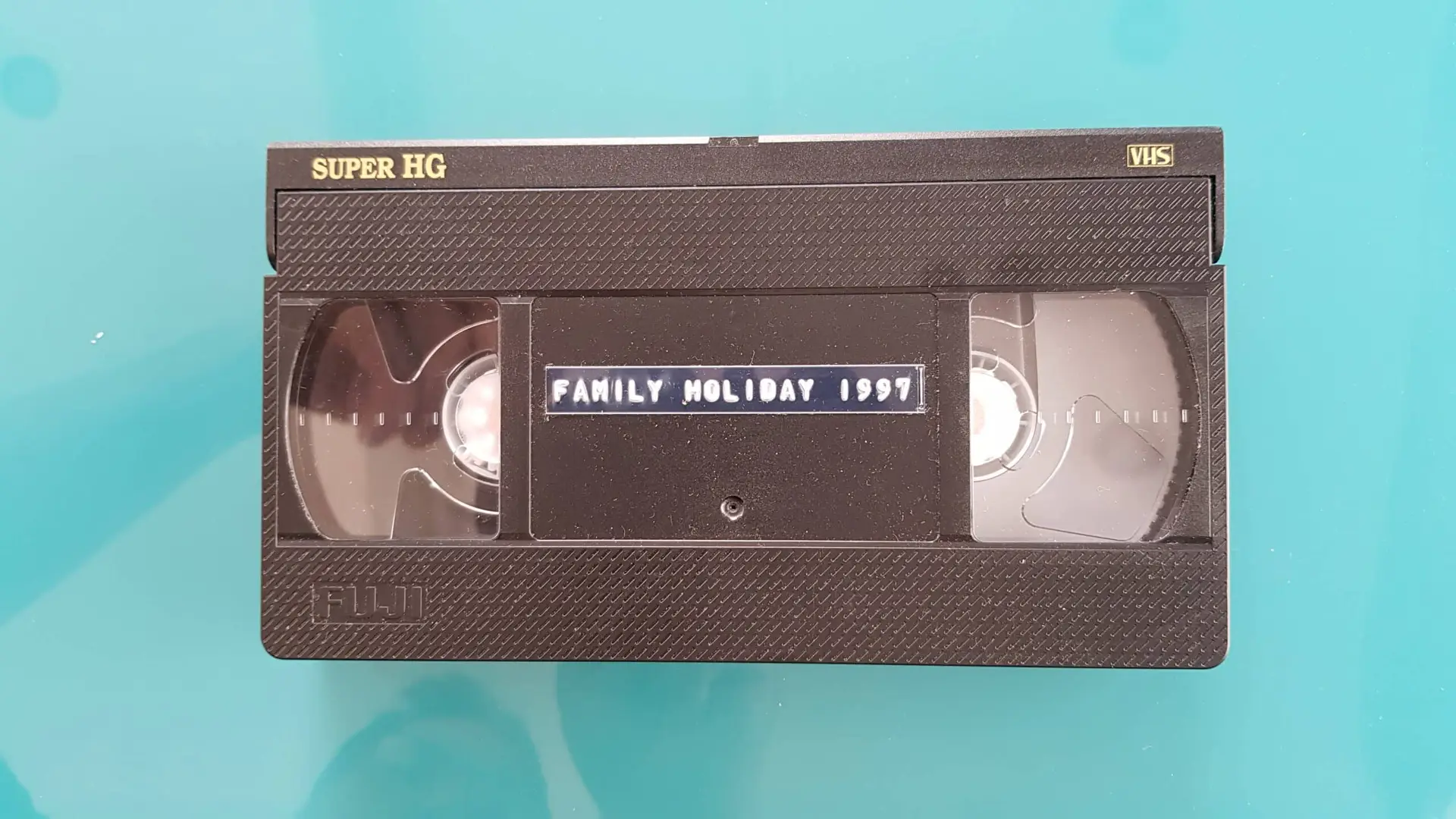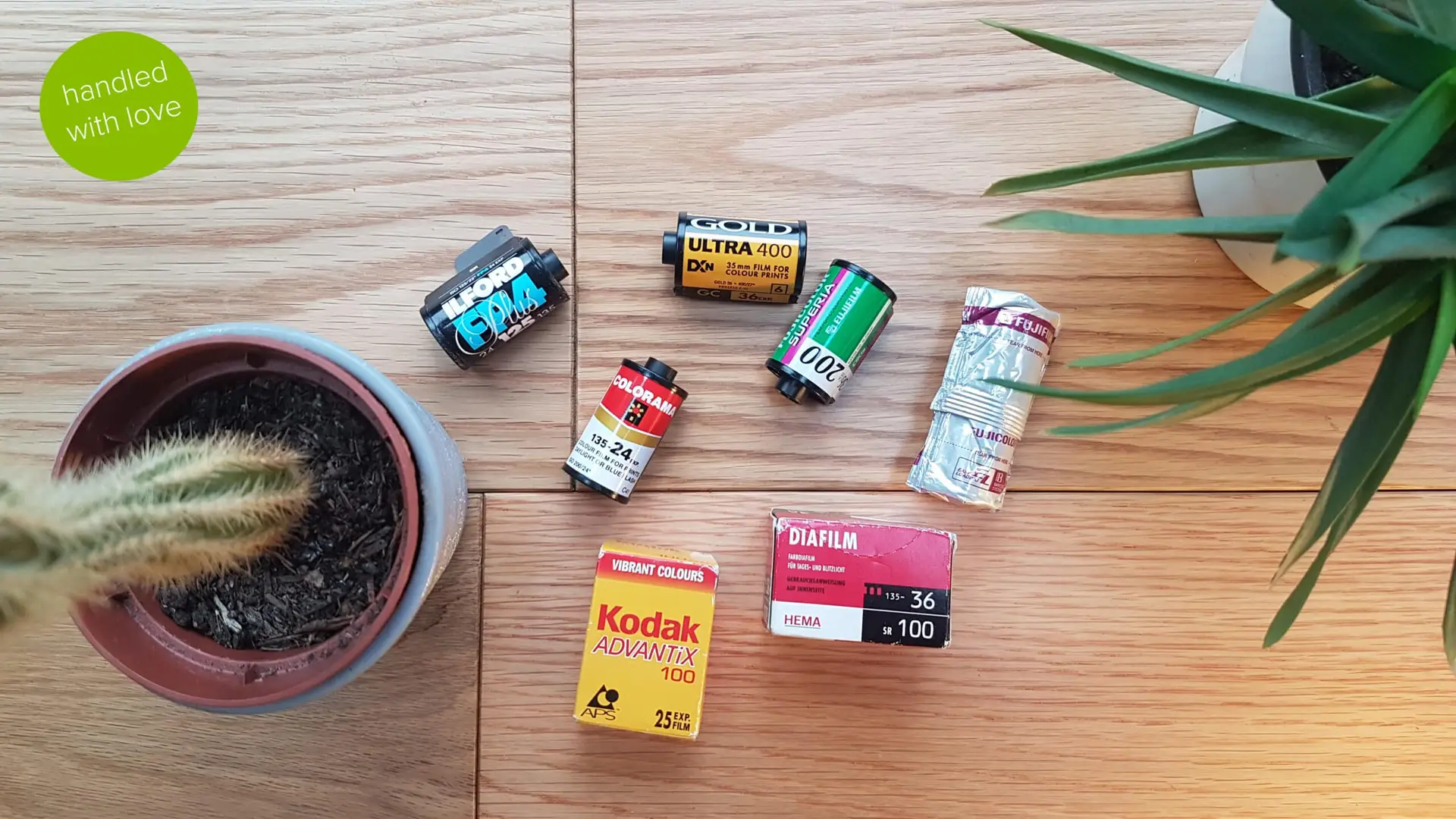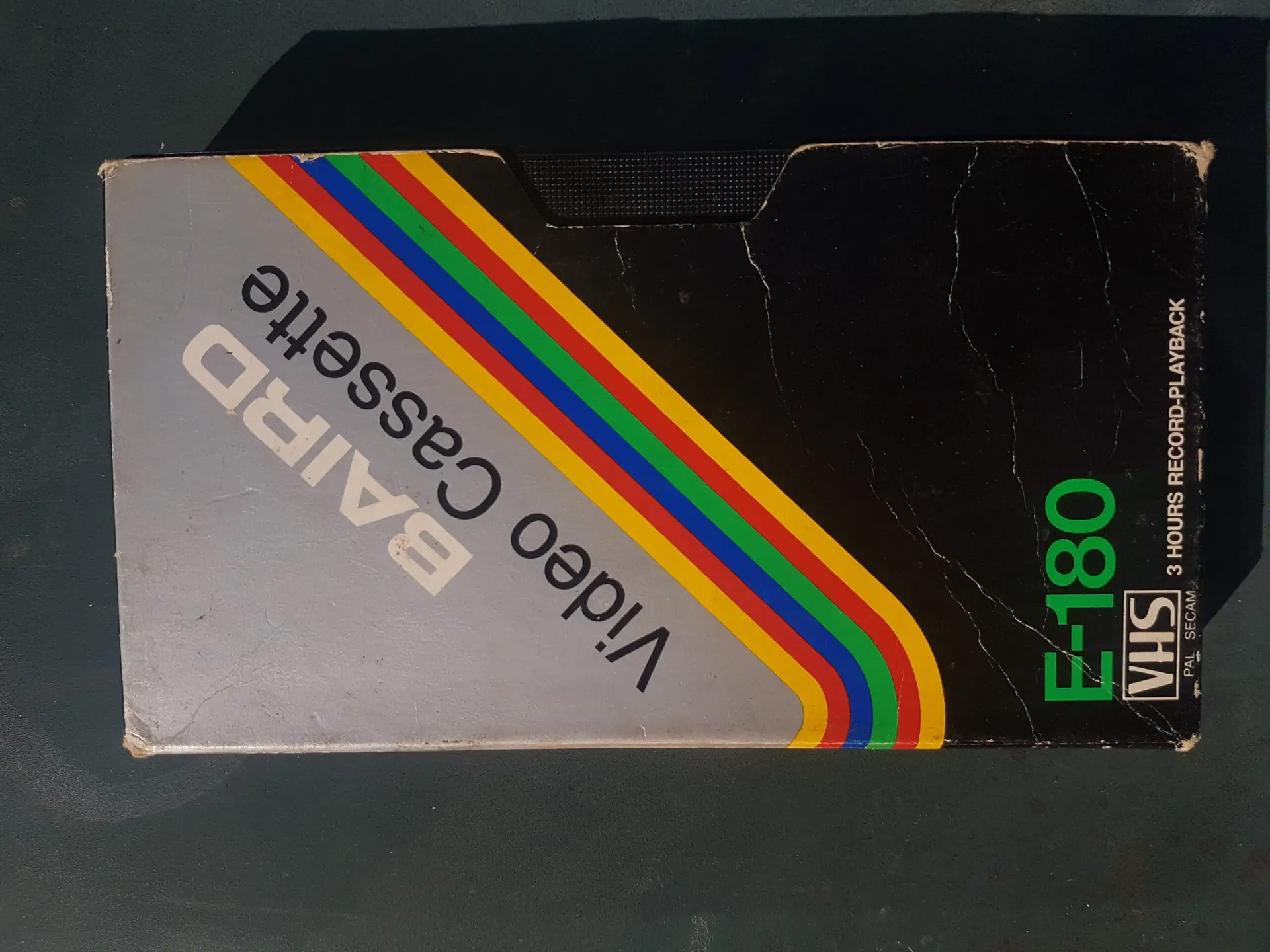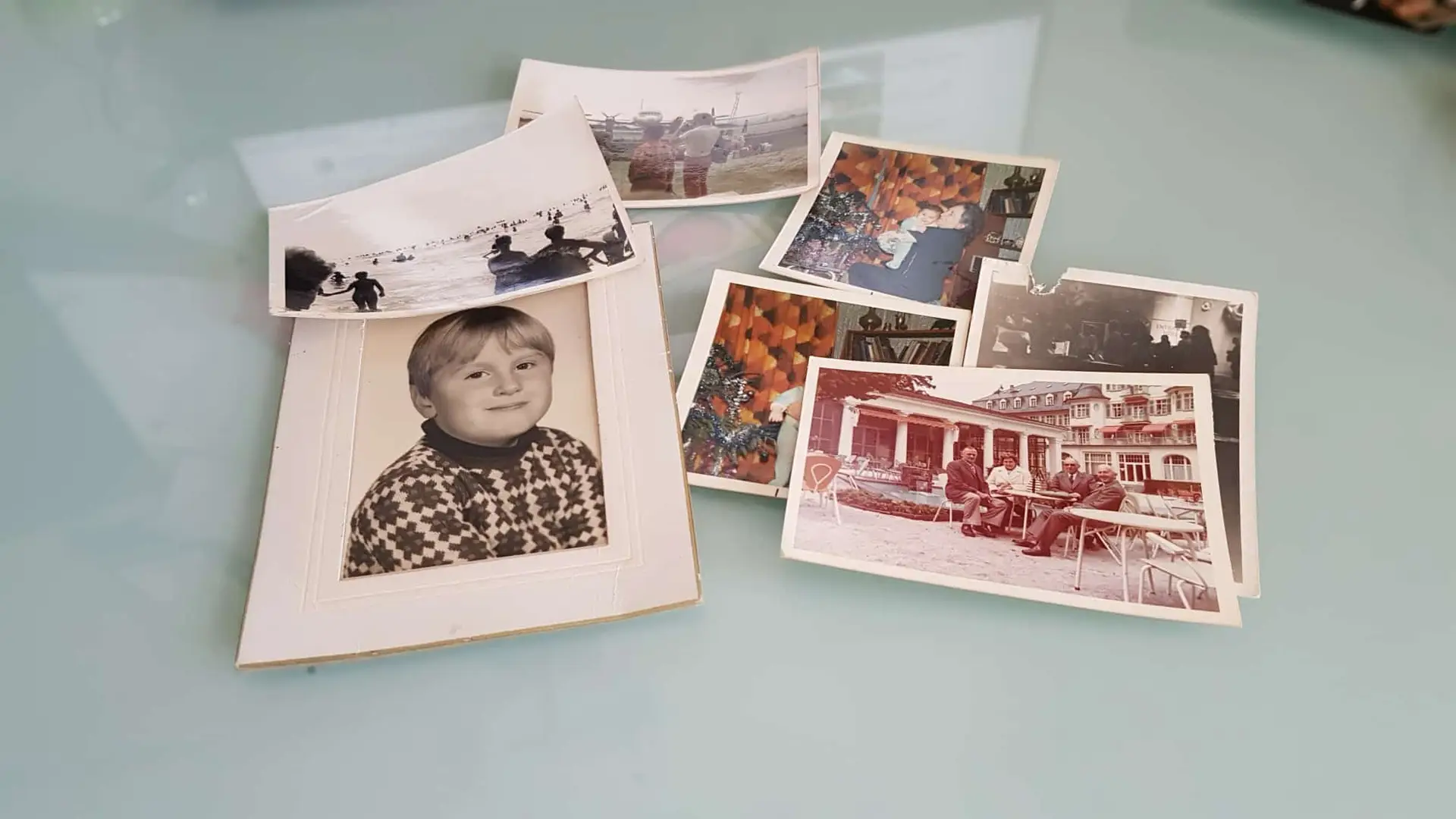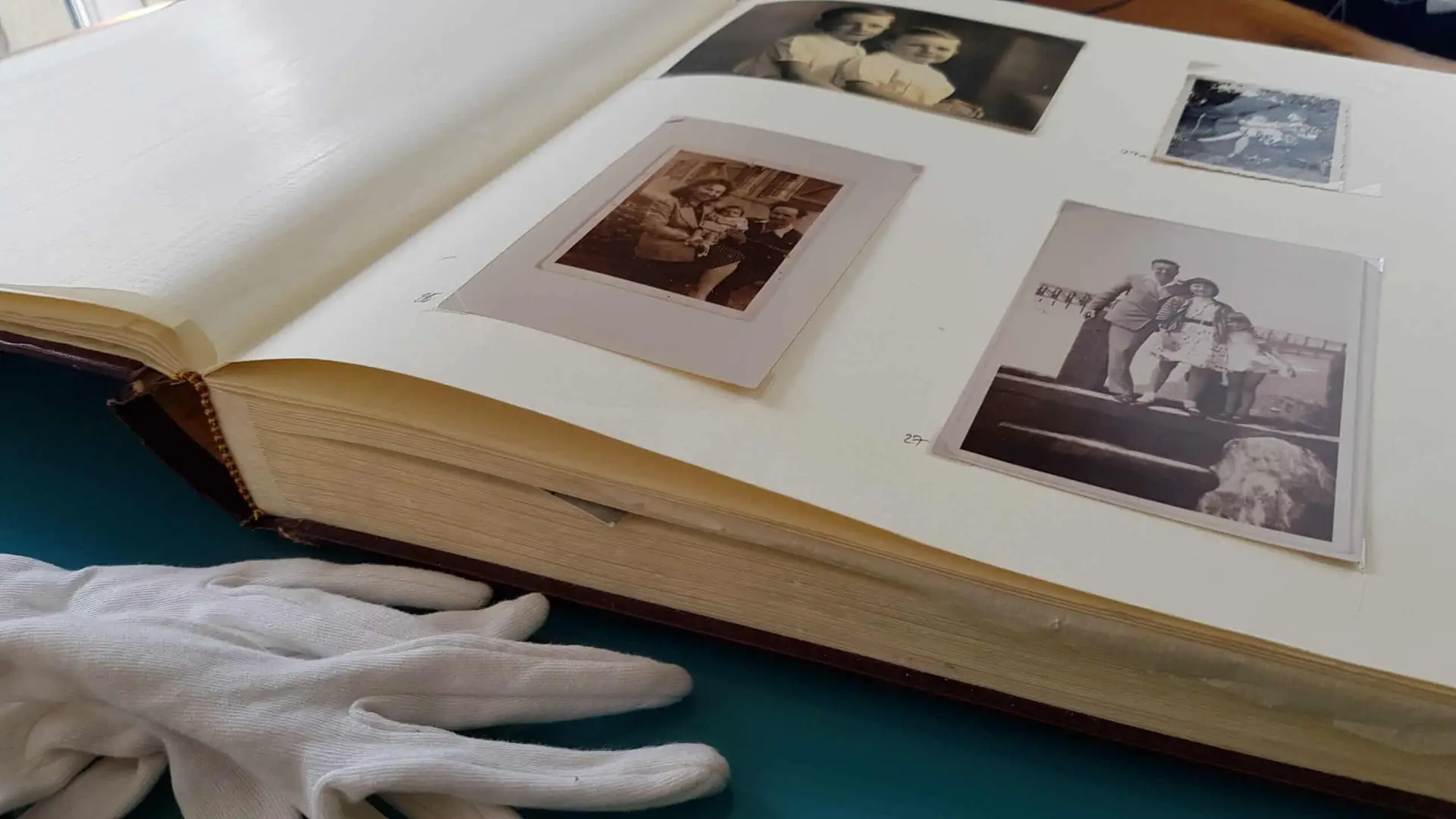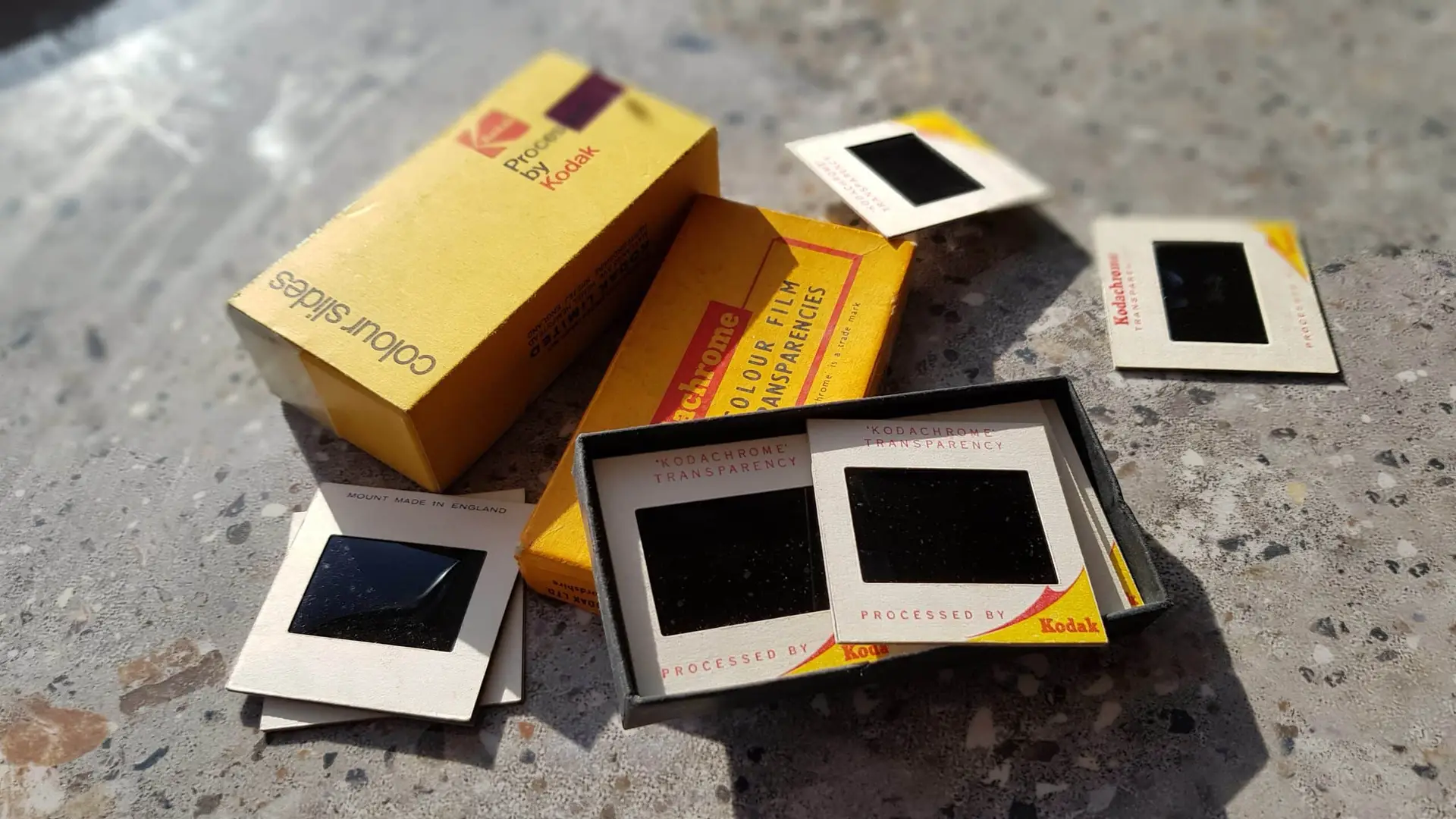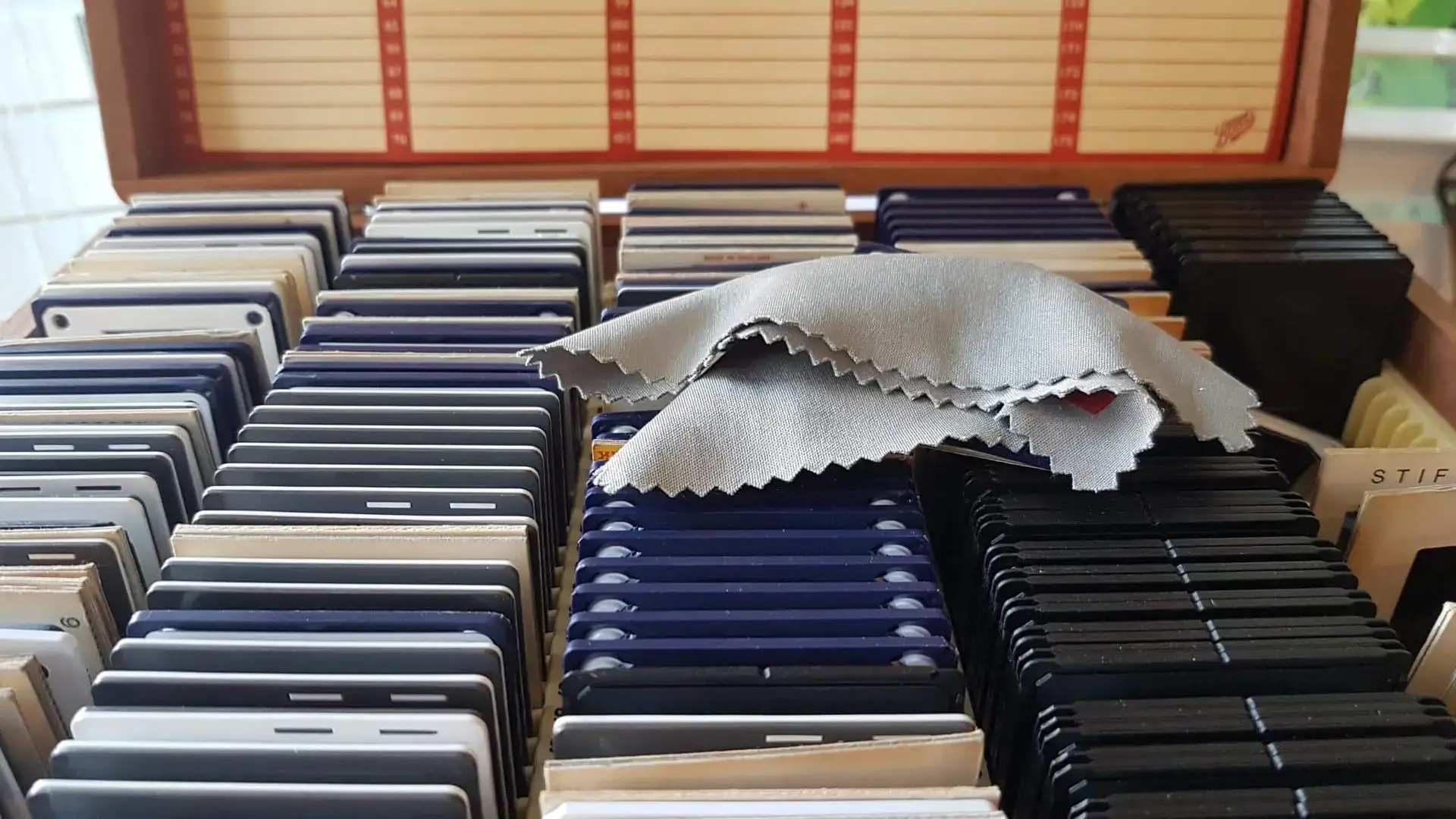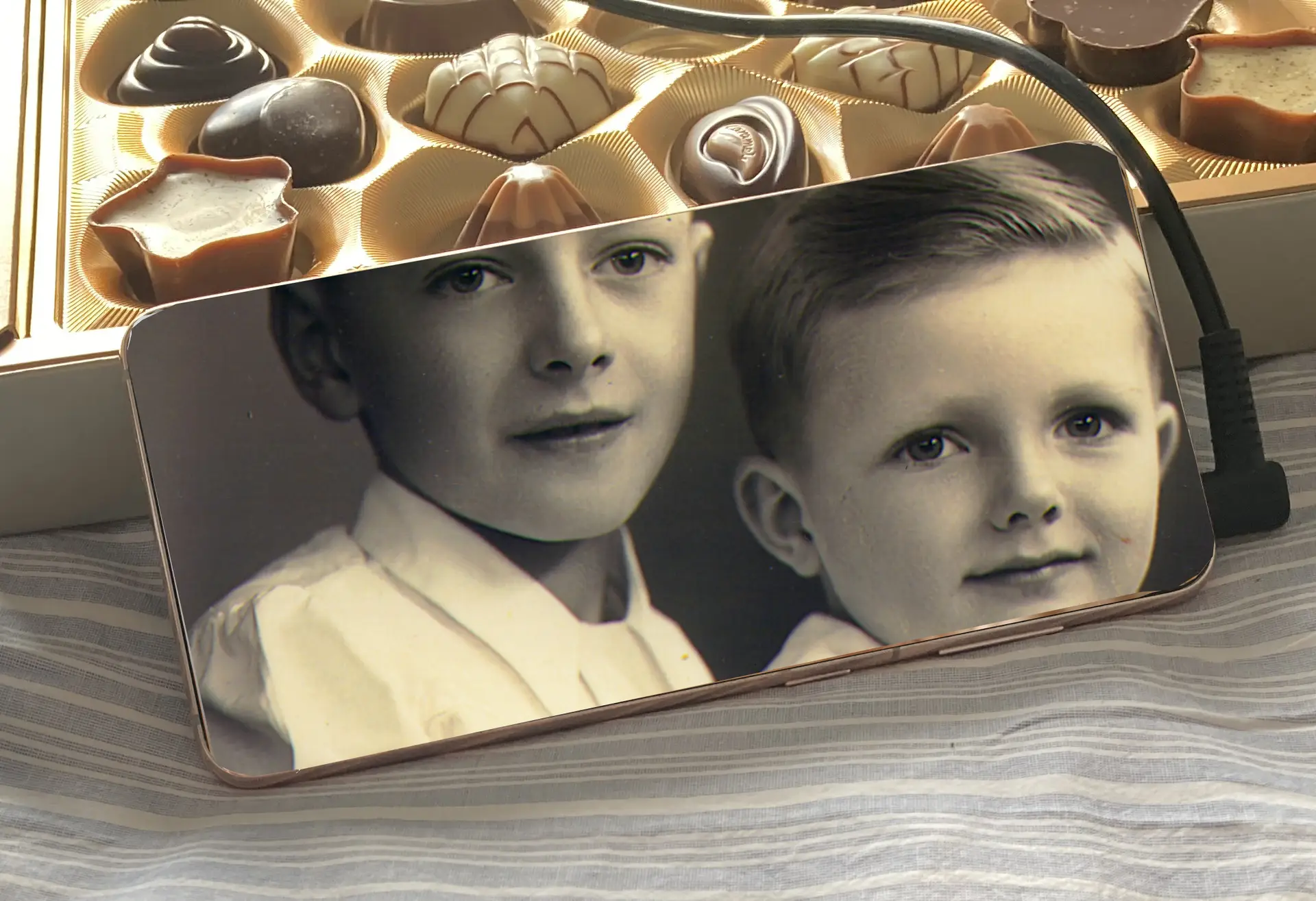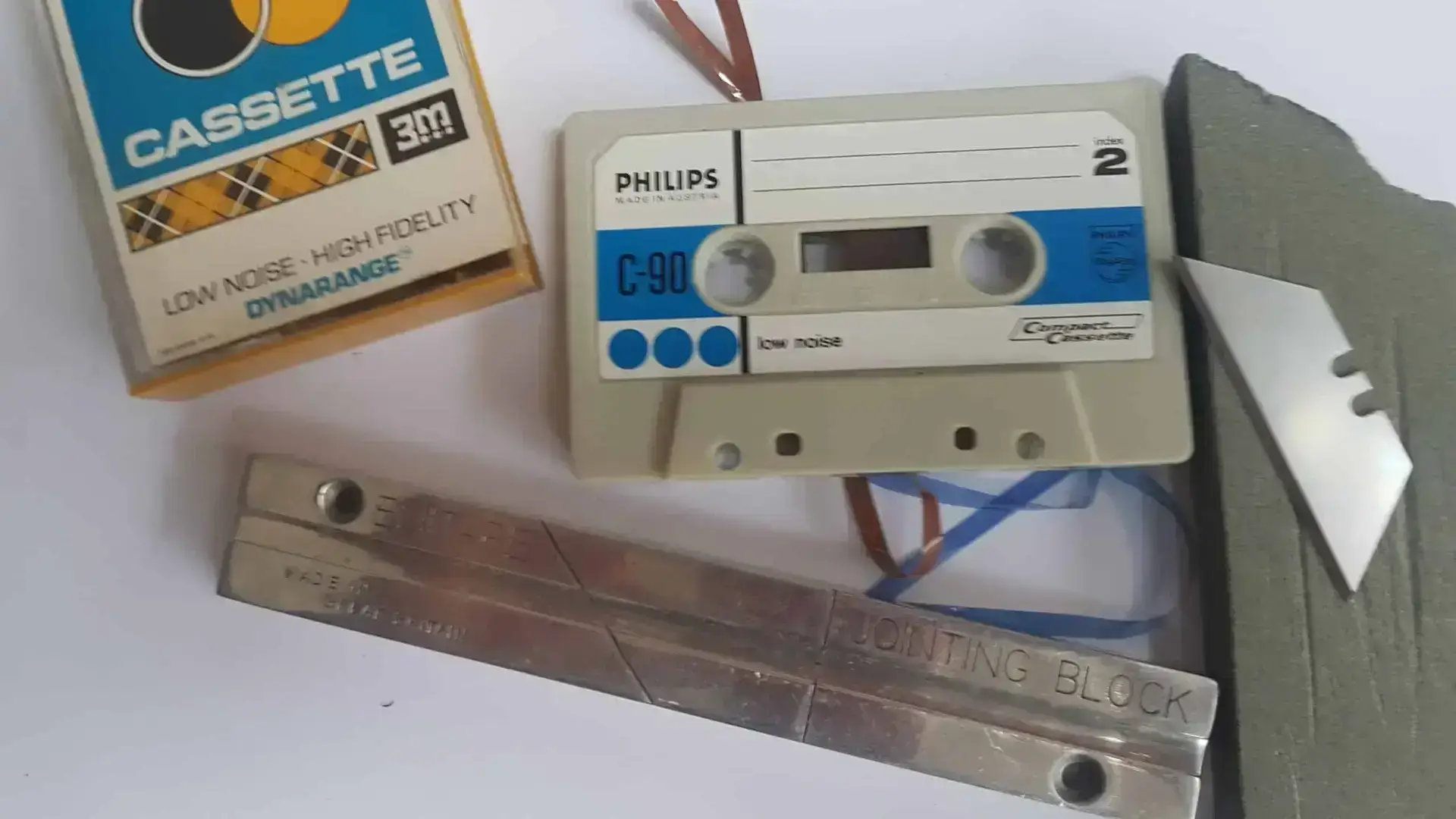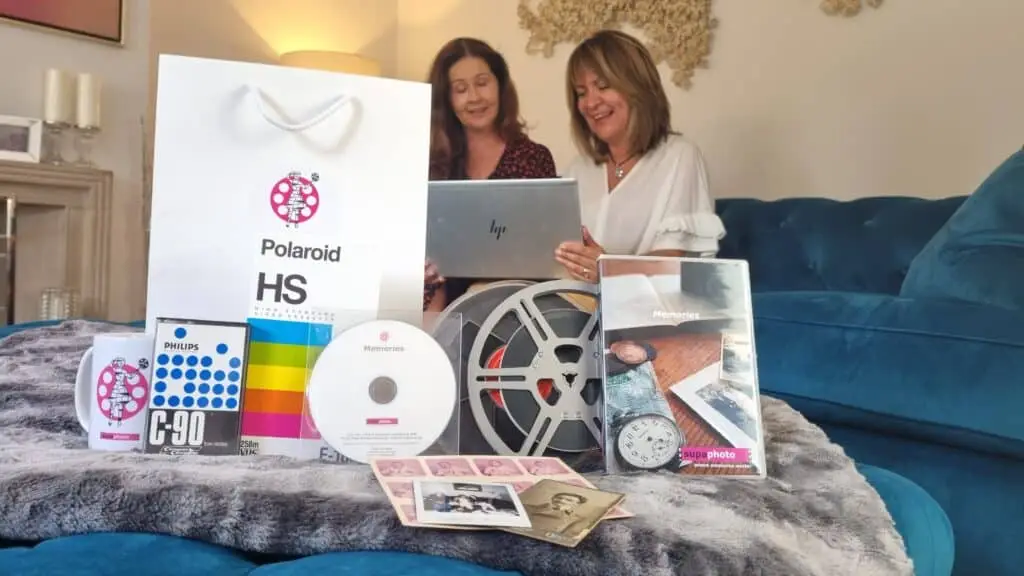Reel to reel tapes – tape longevity. Affectionately known as R2R tapes, were once the epitome of audio engineering. Introduced in the 1940s, they quickly became a fixture in the audio recording industry, vying with vinyl records for several decades.
However, by the 1980s, R2R tapes fell out of favour, replaced by cassette tapes and other more portable audio formats. Interestingly, in the 21st century, these tapes have found a new lease of life among audiophiles and retro enthusiasts. But how long do R2R tapes last, in terms of both length and lifespan? Let’s explore.
Handling & maintenance
First, R2R tapes’ longevity closely depends on how you store and care for them. If you have carefully stored them on metal reels, with the tape wound tails-out, kept upright, and in their original packaging, there’s a high likelihood that you can still play them. The audio quality might even be reasonably good, especially if you’ve kept the tapes in a temperature-controlled environment away from direct sunlight and magnetic fields.
Second, the way you handle the tapes during playback also affects their lifespan. Properly aligning and maintaining tension on the playback machines contributes to the tape’s longevity. Additionally, tapes played on machines with rollers, rather than stationary guides, tend to last longer.
If you take all these factors into account, most reel-to-reel tapes can endure numerous plays without a noticeable loss of high-frequency signal, providing you with around 50 or more plays before you notice any degradation. Considering the age of this technology, that’s quite impressive.
Tape half life
So, if 50 plays or more is the peak before degradation becomes noticeable, what is the half-life of a decent tape? It’s hard to pinpoint an exact figure, given the variety of external factors that can affect it. However, under ideal conditions, a good half-life could be between 200-500 plays, with around 1,000 plays considered the end of life (EOL) for a tape.
Tape thickness and lifespan of reel to reel tapes
The longevity of playback quality and half-life isn’t just about careful handling, storage, and maintenance. It also relates to the thickness of the tape itself. For instance, a ½” tape is a thicker R2R tape, with tracks that are wider and further apart. This generally means the interaction among signals on the tape will last longer through multiple plays compared to a thinner ¼” tape. Therefore, the thicker the tape, the longer the lifespan.
Recording speed is another factor that influences the preservation or degradation of reel-to-reel tapes. Particularly if the tape has been recorded over several times. The more recording layers you add to your tapes, the more you degrade the sound quality.
Digitising your Reel to reel tapes
It’s essential to recognise that reel-to-reel tapes won’t last forever. If you have a collection of these tapes, there’s a strong chance they’re already nearing their end. After all, it’s unlikely that a 70-year-old piece of analog media, regardless of its care, has much life left. But there’s a silver lining!
Supaphoto can assist you in preserving those reel-to-reel tapes through digitisation. Simply send in your reels, and our professional preservationists will work to immortalise your audio content via USB drive, DVD, or digital download. If you’re a fan of the R2R aesthetic, showcase the tapes rather than playing them – leave that part to us.
If you’d like to convert your reel to DVD and would like to listen to them for maybe the first time in years, maybe it’s time to give Supaphoto a call or visit our site? Convert your reel to reel tapes with Supaphoto now – to DVD, USB or cloud – No1 in the UK.



